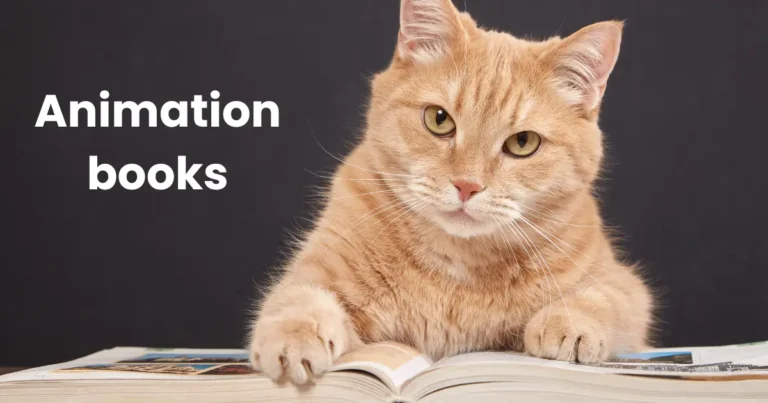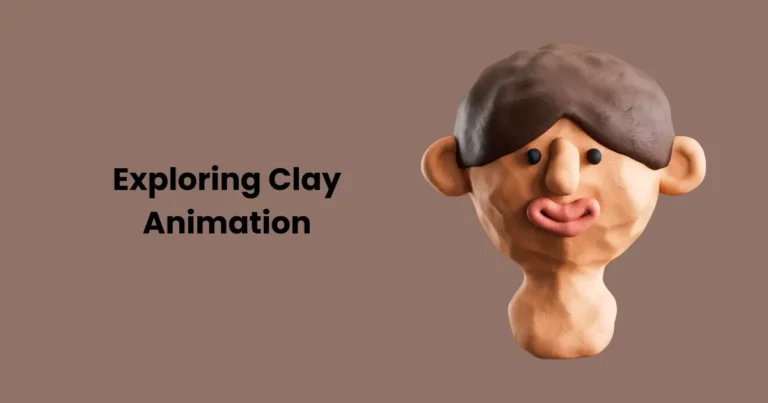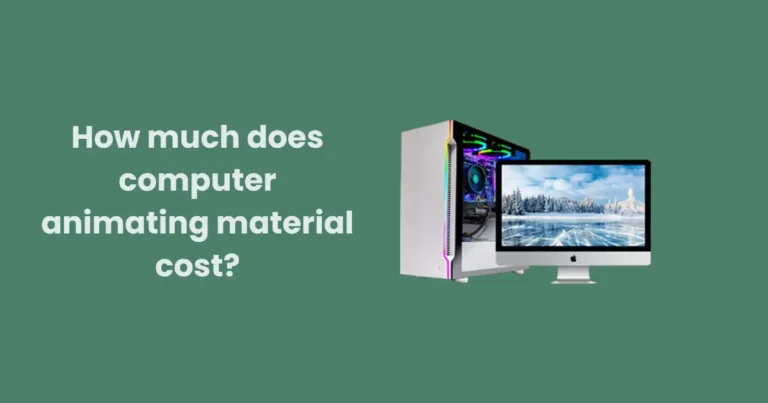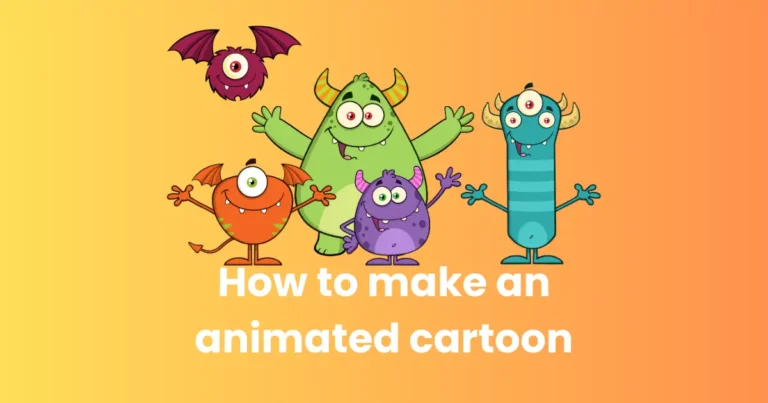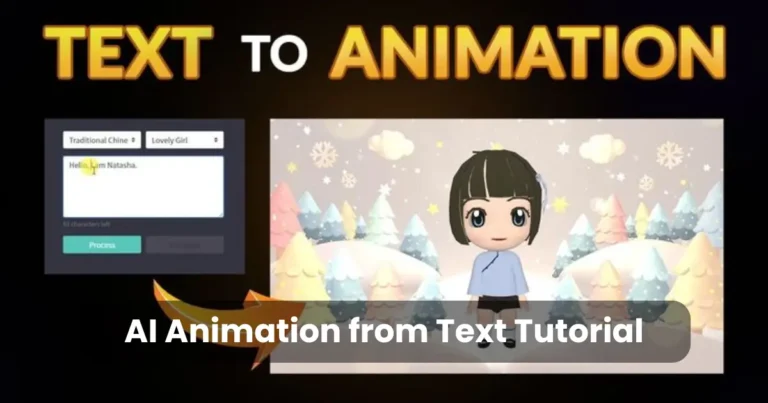Top 9 Types Of Animation Styles: All Styles you Should Know
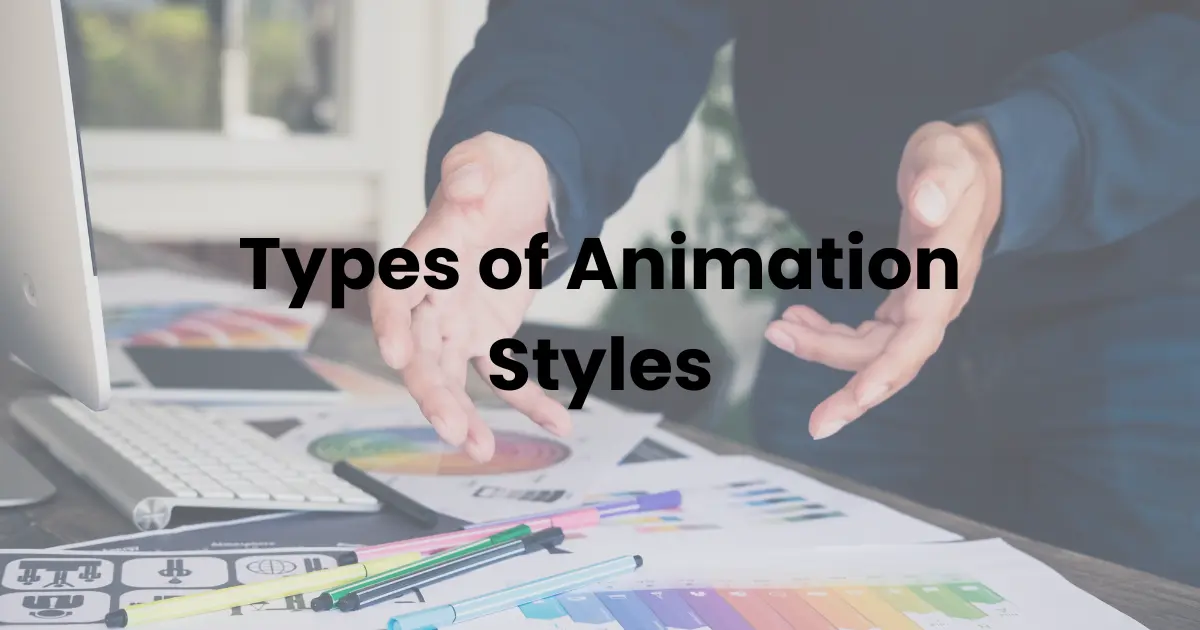
Contents
Animation is a powerful medium with a wide range of styles, each lending a unique visual and emotional feel to storytelling. Over the years, animation styles have evolved, allowing artists to experiment with new aesthetics and technologies. From classic hand-drawn techniques to hyper-realistic computer graphics, each animation style offers different creative possibilities.
Here’s a comprehensive look at the major animation styles, how they work, and what makes them distinctive.
Traditional Animation (2D Animation)
Traditional animation, also known as 2D animation, is one of the oldest and most iconic styles. In this technique, animators create each frame by hand, drawing images on paper or digitally in sequence to create fluid movement. Traditional animation requires precision and a strong understanding of timing and motion, as each frame must align perfectly with the preceding and following frames.
Notable Examples: Disney’s early films like Snow White and the Seven Dwarfs and The Lion King showcase the beauty of traditional animation. These classics set a high standard for character animation, establishing the “Disney style” that became iconic worldwide.
Strengths:
- Rich, expressive characters
- High degree of control over detail and style
- Smooth, organic motion when done well
Challenges:
- Time-intensive and labor-intensive, as each frame must be drawn individually
- Expensive due to high labor requirements
Digital 2D Animation
Digital 2D animation builds on traditional techniques but uses digital tools to streamline the process. Instead of drawing on paper, animators use software such as Toon Boom Harmony, Adobe Animate, or Clip Studio Paint. Digital tools allow for layering, vector-based artwork, and rigging, where characters are given a digital “skeleton” to automate movements.
Notable Examples: The Simpsons and South Park use digital 2D animation, with the latter relying heavily on vector animation and puppetry techniques that make it faster to produce.
Strengths:
- Faster than traditional hand-drawn animation
- Offers a clean, polished look with flexibility for complex movements
- Easier revisions and modifications
Challenges:
- Risk of a “too perfect” or mechanical look without careful control
- Can lack the organic feel of hand-drawn animation if over-reliant on rigging
3D Computer Animation Styles
3D computer animation is one of the most widely used styles today, particularly in film, television, and video games. In this style, animators use software like Blender, Maya, or 3ds Max to create digital 3D models of characters and environments, which can then be animated by manipulating digital skeletons or rigs.

3D animation offers lifelike depth, realistic lighting, and texture, making it ideal for realistic storytelling. Over time, this style has been adopted in everything from children’s movies to highly detailed video games.
Notable Examples: Pixar’s Toy Story was a groundbreaking use of 3D animation, setting a new standard in the industry. Frozen, Shrek, and Avatar are also examples of how 3D animation can be used for both fantasy and realism.
Strengths:
- Realistic depth, lighting, and texture for immersive environments
- Highly versatile; can be used for both realistic and stylized characters
- Efficient in terms of reusing assets, as models only need to be created once
Challenges:
- High computing power needed for rendering complex scenes
- Can lack the warmth of 2D animation if not stylized carefully
Stop-Motion Animation
Stop-motion animation is a meticulous process where physical objects are photographed one frame at a time to create movement. In each frame, animators make tiny adjustments to the objects, creating the illusion of motion when played in sequence. Often, characters in stop-motion are puppets with articulated limbs, or they’re made from clay (known as claymation).
Notable Examples: Wallace and Gromit, Coraline, and The Nightmare Before Christmas are celebrated stop-motion films known for their unique textures and tactile, handmade feel.
Strengths:
- A unique, tactile aesthetic that stands out visually
- Highly immersive, as every object and movement is real and tangible
- Allows for intricate details that add charm and personality
Challenges:
- Extremely labor-intensive and time-consuming
- Requires specialized equipment and highly controlled environments
Motion Graphics
Motion graphics is an animation style focused on animated graphic elements like text, shapes, and icons, rather than characters or storytelling. This style is widely used for marketing, branding, and information-sharing purposes. It’s often simpler and more stylized, with a clean and modern look.
Notable Examples: Many explainer videos, title sequences, and infographics use motion graphics to communicate ideas quickly and effectively.
Strengths:
- Effective for conveying information visually in a short time
- Easier to produce than character-driven animation
- Highly suitable for corporate and educational purposes
Challenges:
- Limited storytelling capability
- Can feel impersonal or cold without characters or narrative
Rotoscoping
Rotoscoping is a technique where animators trace over live-action footage, frame by frame, to create realistic movement. Originally done by projecting live-action images onto a screen and tracing them by hand, today’s rotoscoping is often done digitally. Rotoscoping is used to add animated characters to live footage or create a stylized look by blending realism with illustration.
Notable Examples: A Scanner Darkly is a notable film that used digital rotoscoping to achieve a surreal, dreamlike quality. Disney also used rotoscoping techniques in early works like Snow White and the Seven Dwarfs.
Strengths:
- Allows for very realistic movements
- Creates a distinct style that blends live-action and animation
Challenges:
- Time-consuming as each frame needs to be manually traced
- Risks appearing “stiff” if not integrated creatively
Anime
Anime is a style originating from Japan, characterized by vibrant colors, exaggerated facial expressions, and large, expressive eyes. While anime often uses traditional 2D techniques, it also frequently incorporates digital elements. Anime’s popularity has spread worldwide, influencing Western animation and creating a distinctive subculture.
Notable Examples: Studio Ghibli’s films like Spirited Away and My Neighbor Totoro are celebrated anime classics. Naruto and Attack on Titan are also popular anime series known for their distinct visual style.
Strengths:
- Wide emotional range with stylized, expressive characters
- Unique visual style that sets it apart from Western animation
- Highly adaptable for different genres, from fantasy to sci-fi
Challenges:
- Requires a strong understanding of anime-specific techniques and style
- Can be challenging for animators unfamiliar with the anime aesthetic
Experimental and Mixed-Media Animation
Experimental animation is a broad category that pushes boundaries, often combining multiple styles or introducing unconventional materials and techniques. Mixed-media animation is a subcategory that integrates different media, such as combining 2D and 3D, or using stop-motion with digital elements.

Notable Examples: Loving Vincent, a film about Vincent van Gogh, used hand-painted frames to emulate the artist’s style. Who Framed Roger Rabbit? is another classic, combining live-action with animation.
Strengths:
- Visually unique, often achieving effects that traditional styles cannot
- High creative freedom, allowing for boundary-pushing visuals and themes
Challenges:
- Requires a high degree of innovation and often a specialized team
- Can be more experimental and may not appeal to all audiences
Cut-Out Animation
Cut-out animation involves creating characters and scenes from paper, fabric, or digital cutouts and moving them frame by frame. This technique can be done physically or digitally, offering a simple yet distinctive style that suits both humorous and stylized storytelling.
Notable Examples: South Park began with traditional cut-out animation before switching to digital techniques. It retains a simplistic, paper-like look that has become iconic for the show.
Strengths:
- Simple to execute, especially for beginner animators
- Great for stylized, low-budget projects
Challenges:
- Limited range of motion compared to other styles
- May not suit more complex or realistic storytelling
Conclusion
From hand-drawn to digital, realistic to abstract, each animation style brings its own personality and strengths. Choosing the right style depends on the story you want to tell, your budget, and the emotions you want to evoke. Whether you’re captivated by the warmth of traditional 2D animation, the depth of 3D, or the charm of stop-motion, each style opens up new ways to captivate audiences.
Experimenting with different animation styles or blending them can also create a fresh, unique look that stands out in a world saturated with content. Whatever style you choose, animation remains an art form with endless possibilities for storytelling.

